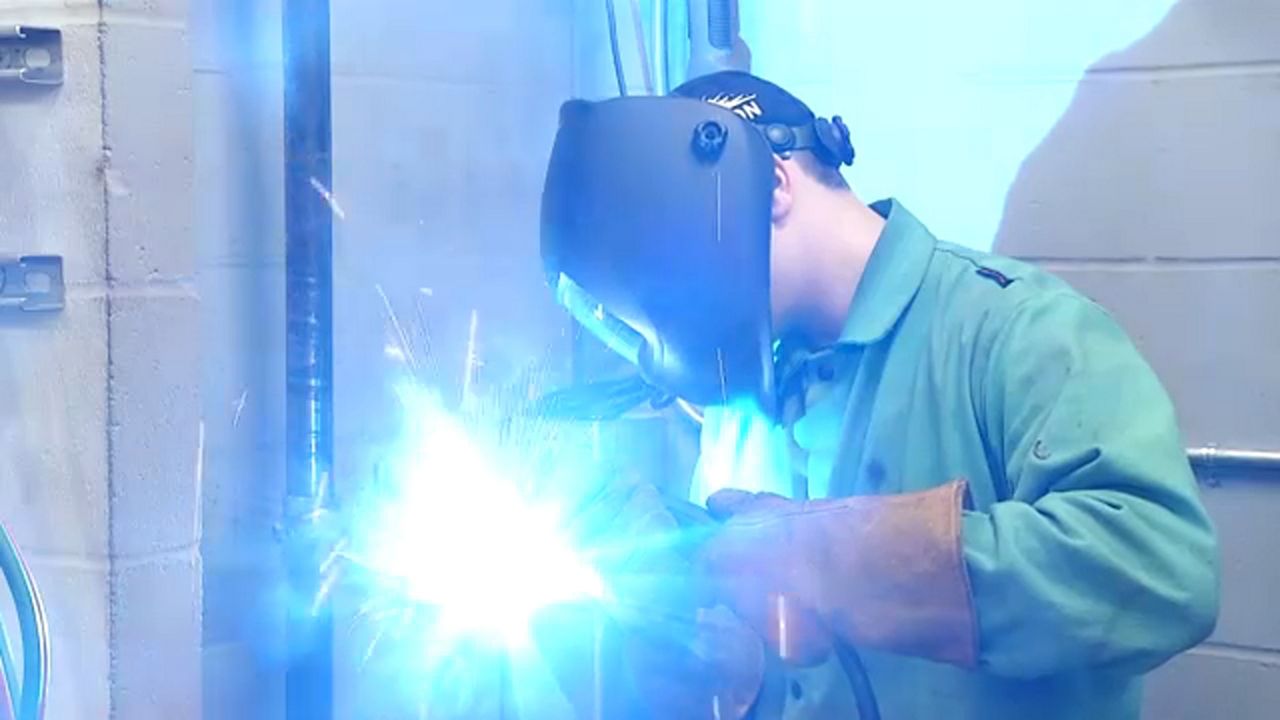KENTUCKY — Several Kentucky counties are receiving hundreds of thousands of dollars in grant money from the Appalachian Regional Commission (ARC). The Breathitt County Musem Board will receive $305,986 while the Southeast Kentucky Community and Technical College in Harlan County will receive $105,281.
What You Need To Know
- Appalachian Regional Commission announces grants for several KY counties
- Breathitt County Museum Board to receive $305,986; Southeast Kentucky Community and Technical College to receive $105,281
- Breathitt County to use money on transforming historic former jail building
- College to use money on welding program
Breathitt County will use the money to transform its historic former jail building into a tourist destination in downtown Jackson. The board plans to convert the site to a "low-cost, one-stop shop for local artisans and entrepreneurs to sell arts and crafts and encourage visitors to participate in the local economy," according to a press release from the governor's office.
“Congratulations to the Breathitt County Museum Board on this award,” said Gov. Andy Beshear. “This project will help build a stronger economic foundation, drawing on Appalachia’s unique heritage to create real opportunity in Breathitt County. We are grateful for the community leaders that made this project possible because it will help us build the stronger Eastern Kentucky we’ve always imagined.”
ARC funding is meant to help economically distressed counties in Appalachian Kentucky strengthen their industry and economy. The Department for Local Government (DLG) administers the funding at the state level.
“ARC projects have transformed Appalachian communities for decades,” said DLG Commissioner and Beshear’s ARC Representative Dennis Keene. “We look forward to the completion of this project, because it will encourage visitors to experience our communities and participate in the local economies, making a meaningful difference in Breathitt County and in the region.”
The new center will also provide visitors with information on other local businesses, restaurants, and entertainment venues. The site is expected to attract 5,200 visits annually and create one job.
“On behalf of the Breathitt County Museum, I want to thank the governor and his staff, DLG Commissioner Dennis Keene and former State Rep. Cluster Howard for their help with this project,” said Janie Griffith, executive director of the Breathitt County Museum. “This project will be a boost for tourism in Eastern Kentucky and will help preserve and document our local history for future generations. We are so grateful for this grant because it will bring greater opportunity to our region.”
Besides the funding from ARC, local sources will provide $86,714. The total project funding will stand at $392,700.
ARC and the U.S. Department of Energy's (DOE) National Energy Technology Laboratory (NETL) announced five grant awards for the Advanced Welding Workforce Initiative (AWWI), which includes $105,281 for Southeast Kentucky Community and Technical College. AWWI is a partnership to invest $1 million in education and training for advanced technical workers in Appalachia.
The college will use the money to update and expand the welding program on its Harlan campus, including increasing the number of scholarships available. The program will provide hands-on training in skills like advanced alloy joining and advanced bending and fitting, alongside education in mathematics, digital literacy, and communication.
Students will earn a Combination Welder Diploma and can sit for welding certification testing to meet future employer requirements after two years. The project is expected to prepare 15 students for employment with local businesses.
Recipients of the grants are selected based on the projects' anticipated impact on the region's advanced welding and manufacturing workforce, particularly their capacity to meet growing demand across several industries. Awards were also decided based on connecting proposals with pressing regional needs, including expanding offerings into economically distressed areas, targeting designated Opportunity Zones, and recruiting workers in long-term recovery from substance use disorder.



